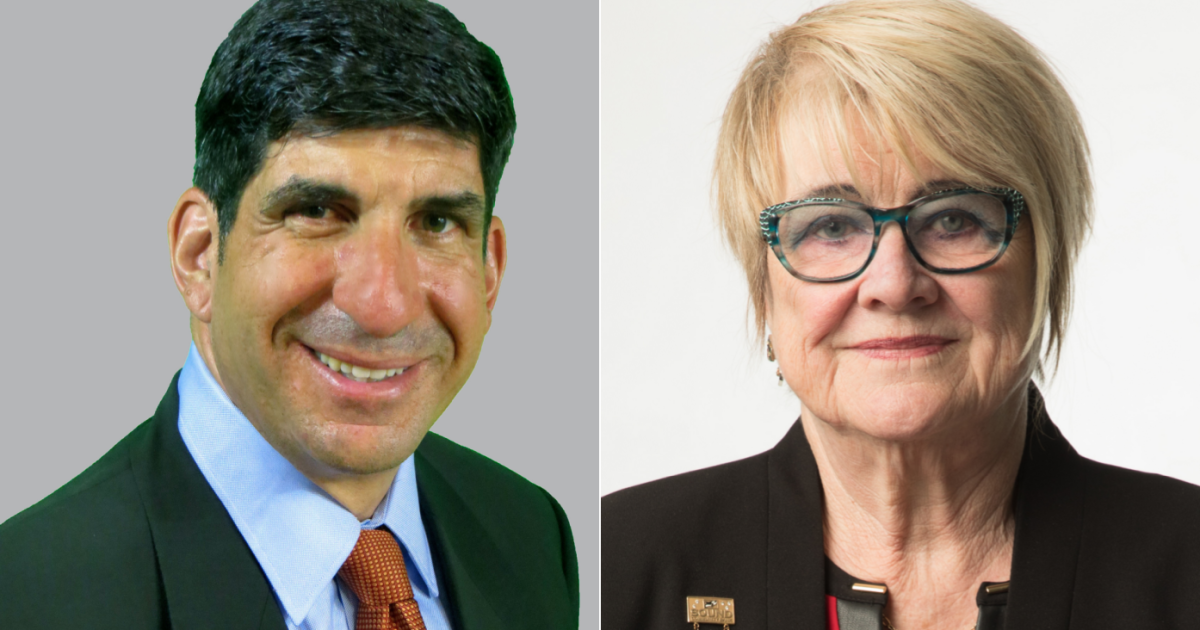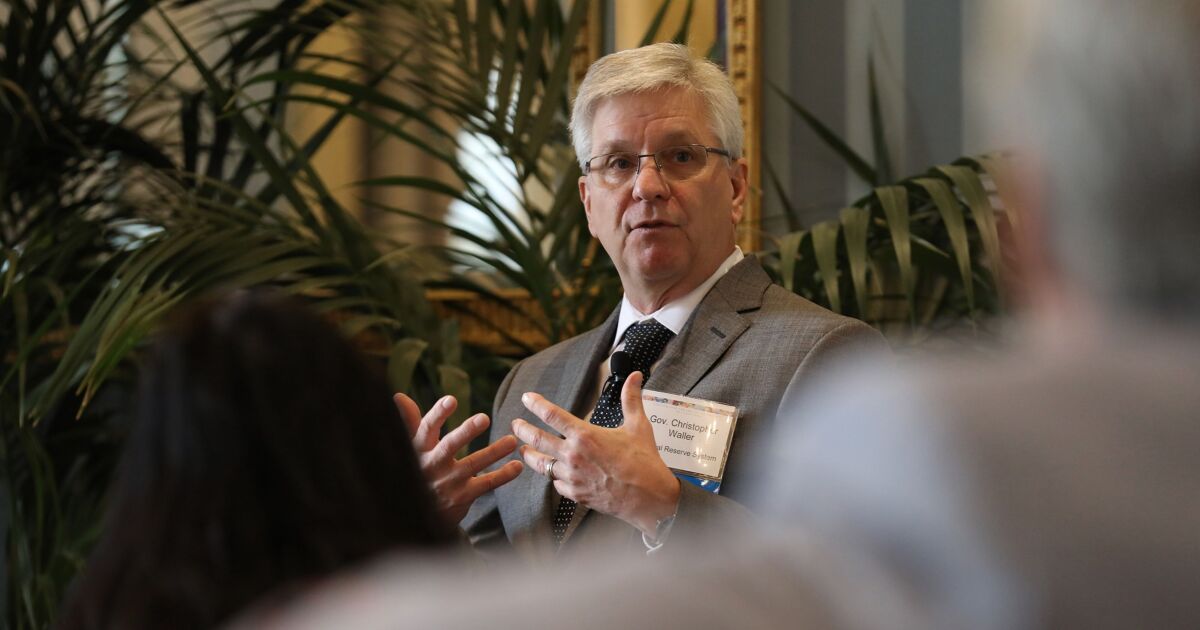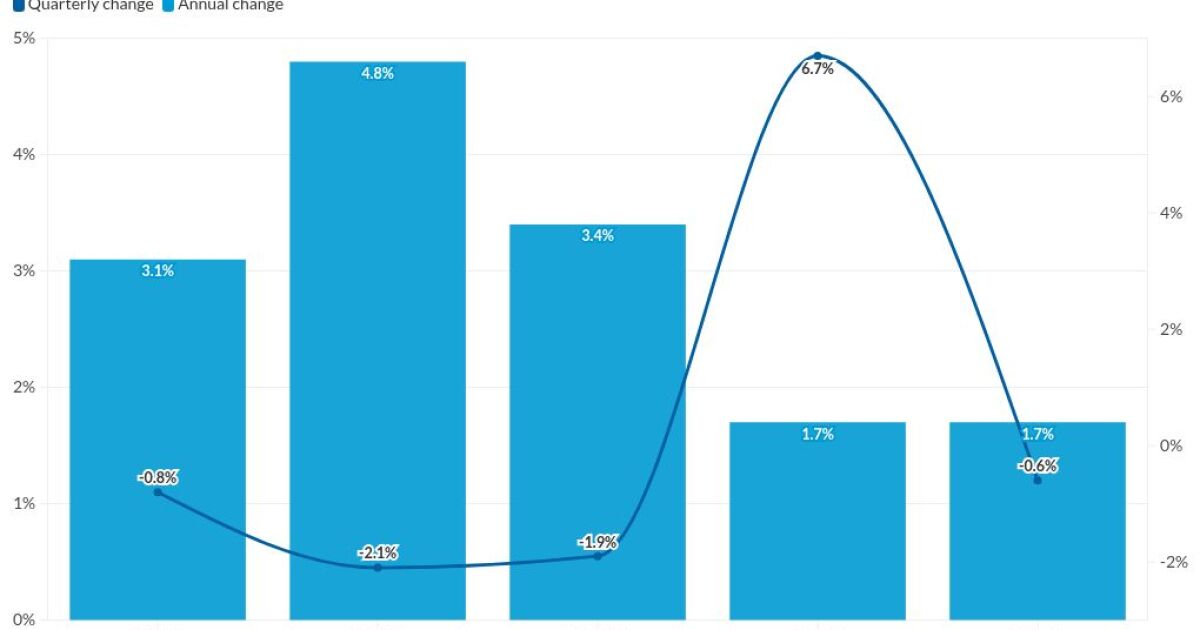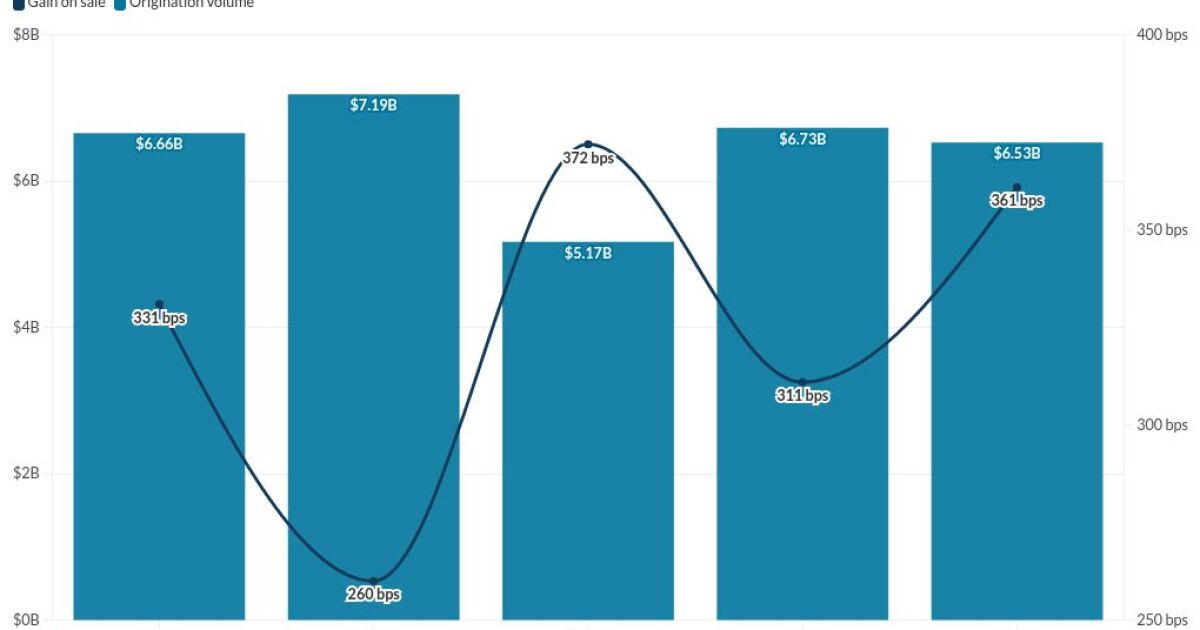
Conditions for small and midsize banks grew increasingly complex during the first quarter, muddying the outlook for 2022 even as a plan to increase interest rates should benefit most lenders over the course of the year.
In isolation, the Federal Reserve’s move last week to boost rates and signal that several more are likely this year would help create “a near-perfect operating environment,” said Chris Nichols, a strategist and head of capital markets at the $40 billion-asset South State Bank in Winter Haven, Florida.
Policymakers raised their benchmark rate by 25 basis points — the first increase since 2018 — in an effort to cool inflation. Chairman Jerome Powell said it could be the first of seven increases in 2022, and said the Fed could increase this pace if inflation merited doing so.
Banks’ floating-rate loans will reset to higher levels in tandem with the Fed changes, bolstering lenders’ interest income as the key driver of earnings for most community and small regional banks. The domestic economy continues to expand after growing at an annual rate of 6.9% in the fourth quarter of 2021, adding further optimism, according to Nichols.
The Fed’s actions should help tamp down inflation over time, but prices and labor costs surged so significantly over the second half of 2021 and early this year that inflationary pressure presents a major wildcard for the economy and, by extension, lenders for the rest of this year, Nichols said.
“Inflation is not going to just drop down quickly,” Nichols said. “There’s more inflation — and for longer — than the market expects.”
This means banks’ labor costs, already elevated, could rise even more throughout 2022, in addition to broadly lofty costs for everything from energy to real estate. Higher costs could cut into earnings growth, analysts say.
“Inflation is a problem for every bank,” said Casey Haire, a Jefferies Group analyst. “I think a lot of people thought coming into this year that it was transitory and we’d be getting past it by now, but that’s not the case.”
Indeed, the U.S. Labor Department reported this month that inflation surged to a new 40-year peak of 7.9% in February. The consumer-price index reached its highest annual rate since January 1982, when inflation hit 8.4%.
Gasoline prices in the U.S. have already reached record levels amid Russia's invasion of Ukraine, AAA data shows. The U.S. banned Russian energy imports earlier this month, and multiple rounds of economic sanctions imposed by the U.S. and allies in Europe in protest of the war threaten to cripple Russia’s energy-driven economy.
Russia is the world’s third-largest oil producer. If its exports are shut off, global oil supplies could dwindle, leading to further price increases that could hamper economic growth in the U.S. and globally.
Laurie Stewart, president and CEO of the $920 million-asset Sound Community Bank in Seattle, said the war has not had an immediate, direct impact on the bank’s finances. But if the conflict drags on for months and results in epic energy price surges, it could force both businesses and consumers to pull back on travel and spending substantially, she said.
“If this is prolonged, the potential for recession becomes a real concern,” Stewart said in an interview. “This horrifically tragic war creates a new kind of uncertainty that we hadn’t seen before.”
Additionally, the effects of the pandemic are bubbling up again. While most of the U.S. had settled into near-normal rhythms of daily life by early this year, cases of the omicron variant of the virus — and a subvariant of omicron — are accumulating this month in Western Europe and large swaths of Asia, including China. The Chinese government this month imposed sweeping new lockdown measures to slow the virus’s spread, affecting more than 30 million people.
Those developments create the specter of a virus resurgence in the U.S. that could curb economic activity. Already, amid inflation pressures, the Atlanta Federal Reserve projects that U.S. economic growth will slow to below 2% for the first quarter — about a fourth of the rate in the final quarter of 2021.
“Most banks, I think, are going to benefit from higher rates, and that could insulate them from these bigger global issues,” said Jon Winick, CEO of the bank consultancy Clark Street Capital. “But I do think we have to be prepared for the increased recession risk.”



